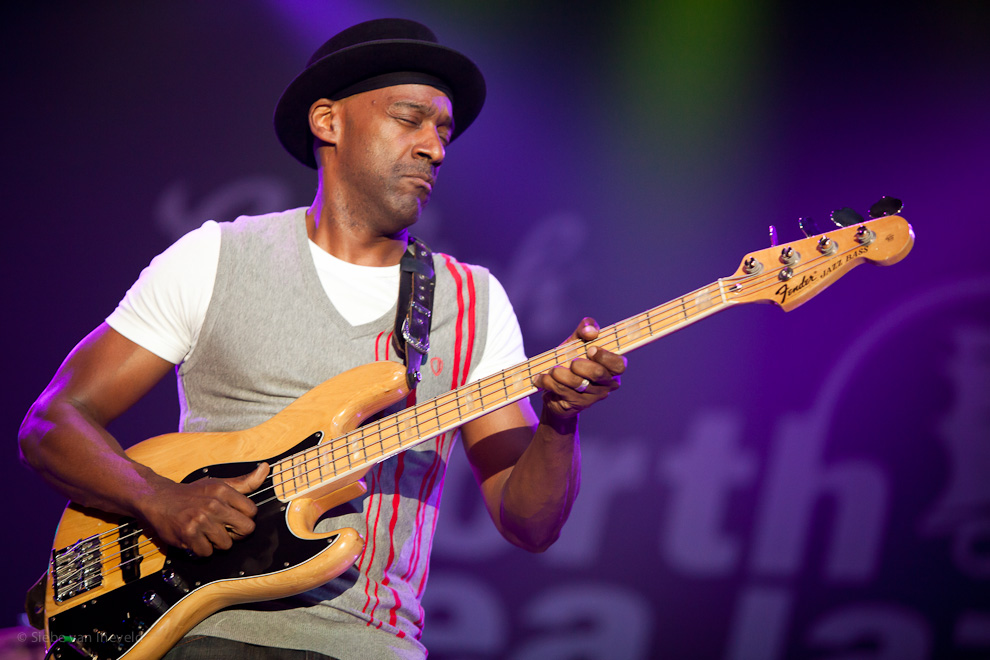Following along with my trend of bassists I turned my attention to Ray Brown. Ray was a bass player who was born in 1926 in Pittsburgh, Pennsylvania. Havening taken piano lessons from a very young age and struggled to find his way on it. He initially wanted to be a trombone player after decided piano wasn’t for him, but with lack of funds, the trombone was too expensive and he forced to settle for a stand-up bass. In the book Oscar Peterson: The Will to Swing, Brown revealed the main reason for ending his study of piano: "I just couldn't find my way on it. It just didn't give me what I wanted."[1] Soon afterward, Brown, unable to afford a trombone, switched to bass, an instrument provided by the school's music department. After he became proficient on the bass, he played many local gigs in his hometown to make money and despite multiple offers from band leaders he followed his mothers advice and finished high school before traveling on the road. He also played with the well-known group called The Oscar Peterson Trio. Around the age of twenty he purchased a one way ticket to New York City.
Upon arrival in New York City he met and played with Dizzy Gillespie and Charlie Parker and Bud Powell. Dizzy promptly hired Brown as a bassist in his band. He continued to play with Dizzy and even was a part of Dizzies second big band. He left Gillespie’s band in 1947 after he began performing with Ella Fitzgerald. He married her the next year and after adopting a child and naming it Ray Brown Jr. The two divorced in in 1953 due partly to the fact that Ray wanted to pursue his career with Oscar Peterson and he joined up with him for about 15 years. . "During the past decades Brown's sound and skill have remained undimmed, "wrote Thomas Owens, in his 1995 book Bebop: The Music and Its Players."He is an agile, inventive, and often humorous soloist. His arco {bow} technique is excellent, though he seldom reveals it. But he shines most brilliantly as an accompanist[2]. Ray continued playing until his death in 2002. He died in his sleep the night of a concert. Ray Brown is said to have been one of the single most influential people in jazz.



